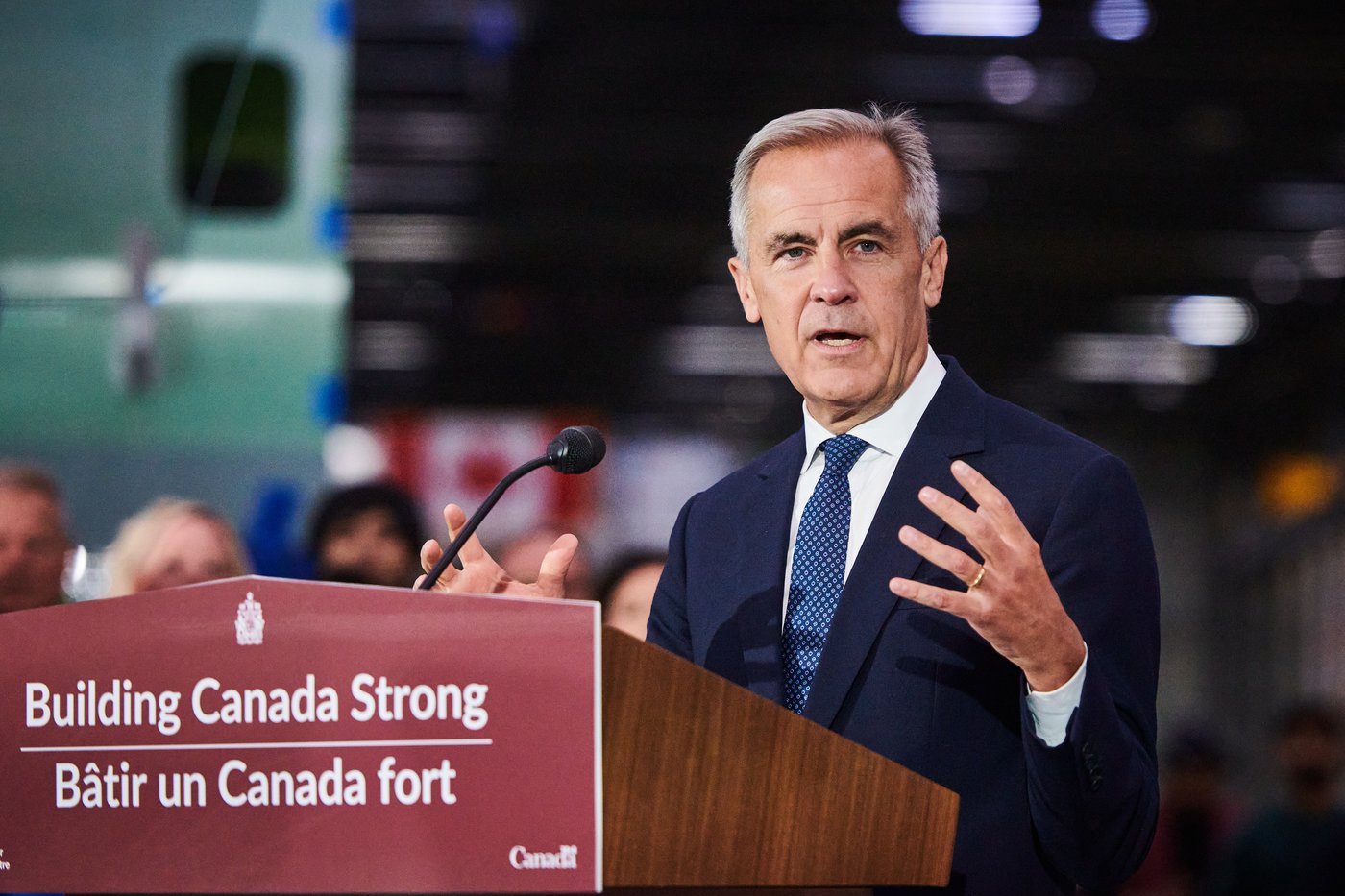Free transit actually is a thing, and you might be surprised where

The town of Orangeville, Ontario, has seen a remarkable increase in transit ridership over the past two years, with numbers more than doubling. This surge in passengers is attributed to the implementation of a free transit program in 2023, which has been extended until 2027. Mayor Lisa Post is thrilled with the positive impact this initiative has had on the community.
The success of Orangeville’s free transit program has sparked conversations about the possibility of similar models in larger cities across Canada. While some experts caution that implementing free transit in bigger communities may be challenging due to the financial implications, others believe it is a viable option for improving social equity and reducing traffic congestion and pollution.
The town of Orangeville, with a population of 30,000, is not the first Canadian city to offer free transit, but it is the largest. Prior to the introduction of the program, the town’s bus system served around 100,000 riders annually. Since going fare-free, ridership has soared to over 260,000 this year. The town’s transit budget of nearly $1.2 million is now being funded through alternative means, as the revenue from fares was minimal compared to the cost of collecting them.
Residents of Orangeville have praised the free transit program for making it easier to access essential services, attend appointments, and participate in social activities. The initiative has particularly benefited individuals with lower incomes, seniors, and students, enabling them to travel more conveniently and affordably.
While free transit may be more feasible in smaller and medium-sized communities, there are potential solutions for larger cities to explore. One proposed model is providing targeted fare reductions or exemptions for specific groups, such as low-income individuals, seniors, or youth. This approach could help alleviate financial burdens for those who struggle to afford daily transit costs.
In cities like Boston and New York City, free transit experiments have been conducted on select bus routes in areas with high concentrations of low-income riders. These initiatives have shown promising results in increasing ridership and improving access to transportation for vulnerable populations.
Despite some reservations about the feasibility and sustainability of free transit, the success of Orangeville’s program demonstrates the potential benefits of such initiatives. As discussions continue about the future of public transportation in Canada, innovative approaches to fare structures and funding models could pave the way for more accessible and efficient transit systems nationwide.



